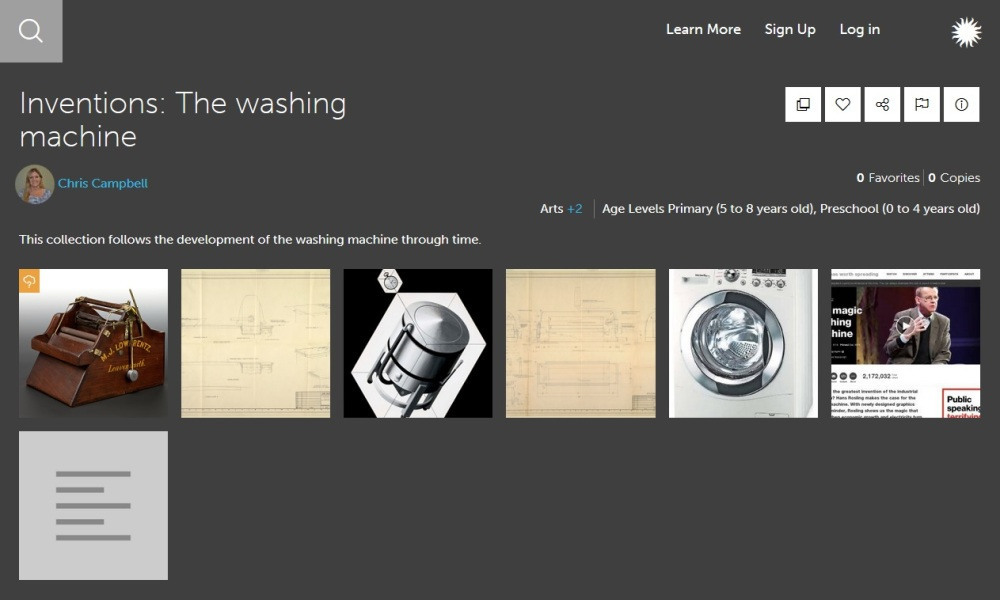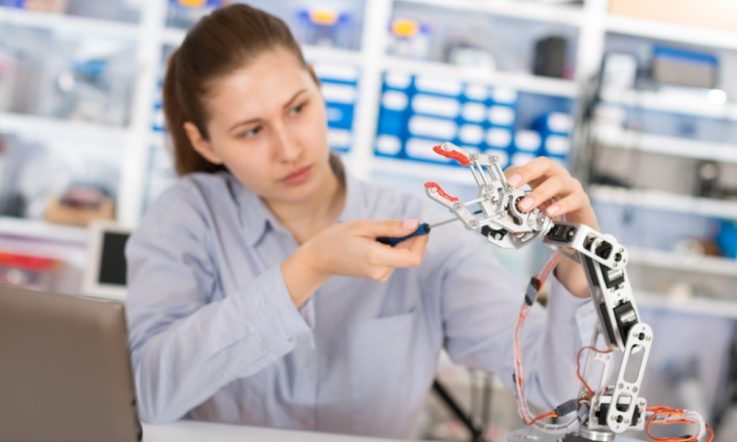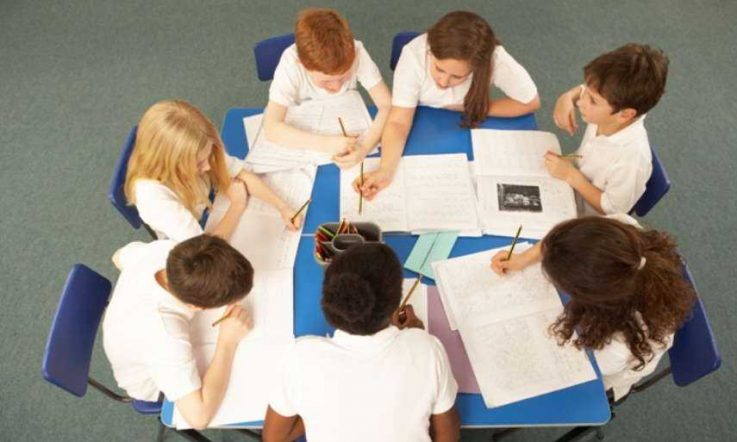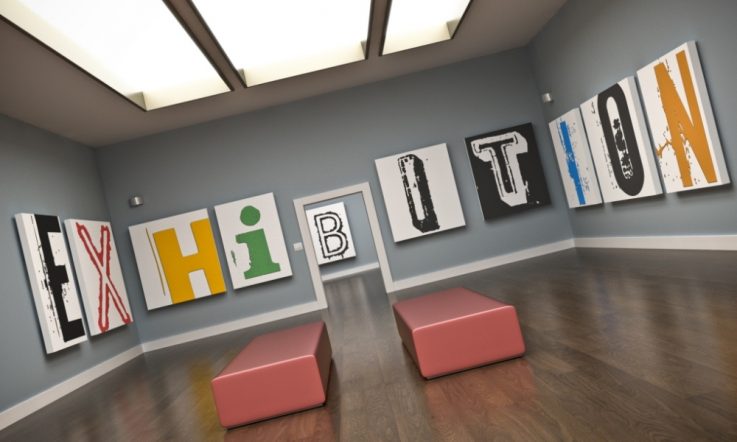Digital Technologies lecturer Dr Chris Campbell swapped Queensland for Washington DC last year to complete a Smithsonian Fellowship, helping to launch the museum's new Learning Lab at the 2016 ISTE conference. Here, she explains how the project is encouraging teachers (and students) to customise their learning and become curators, rather than just consumers, of digital resources.
With so many websites offering teachers digital content it can be difficult to decide which resources, and other online content, to use.
The Smithsonian Learning Lab not only provides content but also an online space to upload additional content that you wish to use, thus combining the Smithsonian artefacts with your own, or other web-based resources such as video, images and other file types.
The Smithsonian Institution, based in Washington DC, is a collection of 19 museums and galleries, the National Zoo and nine research centres. It has collectively been digitising content in recent years – with over 1.5 million items, the database has images, video and other content on a large number of topics that are currently taught in schools.
The Smithsonian Learning Lab was launched in June and is now available for educators to use. It's been several years in the making, with the process including research into how the museum's resources were being used by educators and how to improve that usefulness. It found that although teachers were accessing lesson plans and additional materials they weren't using the resources as they were published – instead, picking them apart and adapting them to suit their students' needs.
In the Smithsonian Learning Lab, digitised content can be searched in the database but, importantly, once a teacher has signed up (which is quick and easy) collections can then be created. This is where a series of artefacts are put together in a collection and can be saved as well as modified with content from external sources. The artefacts in the collection can then be sequenced in a way that works for the individual needs of the students in the class.
After sequencing the collection, interactivity and personalisation can be added. This can include information and text, quiz questions, including true/false, multiple choice, short answer, long answer and submit a file (that is, upload a file). Hotspots over the image can also be placed anywhere and in various ways. The collection can also be published for others to view and access.
Students can use the created collections in a number of ways, including just going to the collection without logging in. However, they can also create accounts (parental permission is needed for those aged under 13) and, aside from creating their own, students can be assigned a collection to go through and complete the interactivity.
Collections can be copied and modified to fit the needs of one's classes. It is very easy to log in, search the collections for a particular topic, and then copy the collection. It can then be modified as needed and information and interactivity added or deleted. Again, once published, it can be assigned to students in a class, completed as a class discussion or can be used by students who are not logged in.
Dr Chris Campbell was a 2016 Queensland – Smithsonian Fellow who spent 13 weeks working at the Smithsonian Center for Learning and Digital Access.
In what ways do you encourage your students to become curators, rather than just consumers, of their learning content?
How do you decide which resources or online content to use in your classroom?



